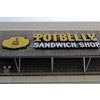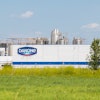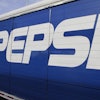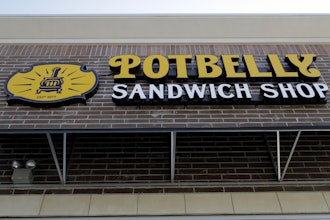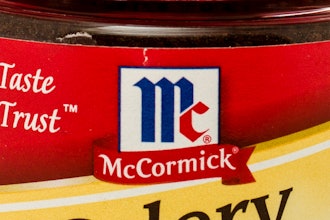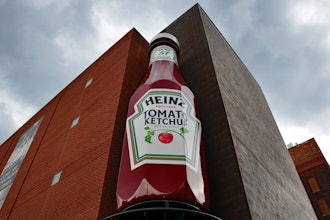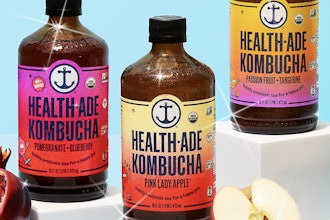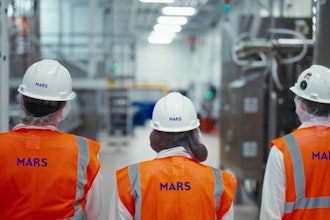
Every once in a while, food products must be recalled by the manufacturer and removed from the supply chain. In 2018, for example, there were 125 recalls resulting in more than 20 million pounds of products being removed from the market according to the United States Department of Agriculture (USDA).
A food recall has a ripple effect that can affect the company and the brand, the people who have consumed the product and have gotten sick, as well as the employees who are working for the company. If the facility has to shut down for a period of time because of a recall, those employees could be without work during that time.
The impact a product recall has on a food processing company varies depending on the severity of the situation and the size of the company. Many people ask, “What is the average cost of a recall?” It’s a fair question, but the answer isn’t so simple because no two recalls are the same.
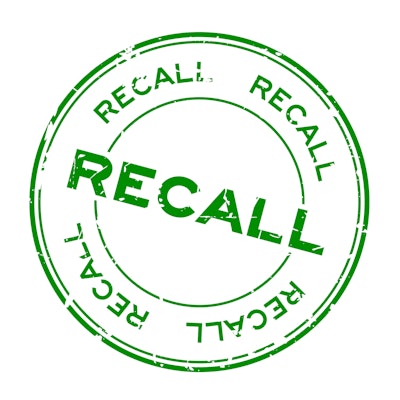
The indirect costs, however, have a lot to do with long-term loss of sales, mostly due to the damage a recall can have on a brand’s reputation.
“One of the repercussions that food processing company managers don’t realize is how hard they will have to work to win back the public’s trust in their brand,” said Christopher Snabes, director of food safety at The Acheson Group. “This could take years, and, in some cases, it can never be 100% recovered.”
For example, a Harris Interactive poll indicated that 55% of consumers would temporarily switch brands after a recall. Fifteen percent of those surveyed said they would never purchase the recalled product again and 21% said they would avoid purchasing any brand made by the manufacturer of the recalled product.
A U.S. Grocery Supplier survey from 2010 revealed that the year after large spinach and peanut butter recalls, nearly three-fourths of consumers stopped purchasing those products out of safety concerns, dropping to one-fourth in the second year.
When it comes to determining the impact of a recall on a company, Snabes says it’s a matter of perspective.
“For a mom and pop producer that has to recall everything they made in the past week, that could be a very large burden for them,” Snabes said. “For a very large international company that has to recall a week’s worth of production, that could just be a drop in the bucket.”
In both cases, making sure your company has adequate recall insurance is critical and is one way to stay afloat during recall situations.
Get Ahead of the Recall Game With Sanitary Design and Food Safety
The companies that are the best at being recall ready are the ones that have a good food safety culture in place and understand the importance of sanitary design. Sanitary design in a food or beverage processing facility improves food safety and helps companies avoid costly recalls.
The Food Safety Modernization Act (FSMA) went into effect in 2016 and mandates food and beverage processing facilities take a more proactive approach to food safety rather than waiting for an outbreak to trigger a frantic cleanup response.
A key component of FSMA is the requirement that food and beverage processing facilities implement a Hazard Analysis and Risk-Based Preventive Controls (HARPC) plan. This includes, to name a few of the steps, identifying hazards in your facility and implementing risk-based preventive controls.
A thorough review of your facility’s electrical wiring systems can reveal opportunities for plant managers to satisfy the HARPC provision of FSMA and implement risk-based preventive controls that improve safety and minimize identified hazards without needing to build a costly new facility from the ground up.
Advances in electrical systems — including stainless steel cable management systems, wiring devices with embedded antimicrobial additives, and watertight plugs, connectors and safety devices — provide plant managers with options to make cost-effective, incremental improvements to their plant’s food safety plan.
 iStock
iStock
What to Look for When Selecting Electrical Equipment
Pickled and passivated stainless steel cable management systems offer good corrosion resistance against water and food products and protect against corrosions that occur from cleaning processes. Watertight plugs and connectors are made with nickel-plated blades and contacts for long-lasting corrosion resistance.
Stainless steel safety switches are made with smooth, continuous surfaces to allow easier access as well as quicker, more effective cleaning. Type 316 stainless steel can withstand the wet, washdown environment of a food processing plant. Safety switches with a sloped roof help facilitate runoff and minimize contaminant buildup.
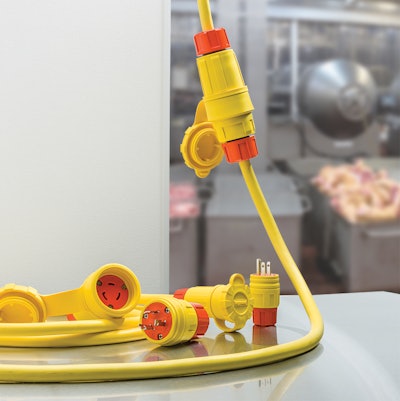 Legrand's SteriGuard antimicrobial wiring device.Legrand
Legrand's SteriGuard antimicrobial wiring device.Legrand
Recall Readiness: Easy as 1-2-3
While good sanitary design with FSMA-compliant electrical equipment is a good first step toward being proactive to food safety, you still shouldn’t assume a recall won’t happen at your facility. Despite your best efforts to avoid them, they can still happen. It’s important for food and beverage processing companies to have a recall plan in place.
FSMA requires that all food processing facilities have a written recall plan in place at each facility. Despite this requirement, Snabes says there are still companies out there without a written recall plan.
Once you have a written recall plan in place, you need to select your recall team and make sure it is ready to execute the plan effectively if a recall situation were to arise. Here are some of Snabes’ tips for making sure your team is recall ready:
 iStock
iStock
When selecting a recall coordinator for a company, it is usually best to pick someone with lots of experience and familiarity with the process of manufacturing the foods that are made at their facility.
Your team needs to be well-rounded and will ideally include the heads of maintenance, engineering, food safety, quality assurance and sanitation. If you have the luxury, you should also include a microbiologist, a chemist or a toxicologist. If you don’t have these experts in house, don’t be bashful about reaching out to experts from outside of your company. If you’re a member of a trade organization, you likely have lots of connections that can help you out during a recall situation.
The impact of social media cannot be escaped or ignored. Having a dedicated social media observation response team is now a necessity.
Make sure you have a scribe on the team to take notes from meetings during a recall and during recall exercises. At the end of a recall, their notes can serve as a valuable research tool as a company wraps up and recaps the recall.
2. Conduct a Mock Recall
The best way to make sure your team is ready for a food recall is to run them through a real-time mock recall with all the team members present. Test them with a mock recall without them knowing it’s a mock recall. See how good your team is at dropping what they are doing and getting assembled for a crisis situation.
“When you’re going through a recall, time is of the essence, so make sure that your recall manual is updated, everyone on the team knows where it is and that they have read it before a recall situation arises,” Snabes said.
Good companies will have a template ready for crisis communication with the Food and Drug Administration (FDA), the public, the consignees and even with the employees.
3. Contact Your Recall Coordinator
Consider reaching out to your FDA recall coordinator before your company goes through a recall to introduce yourself. Tell them about your company, what products you make and confirm their contact information. This will show them that you’re being proactive and, when a recall happens, they will remember that and be happy to work with you.
 Seabury
Seabury
Jeff Seabury is the Industrial Product Manager at Legrand.


